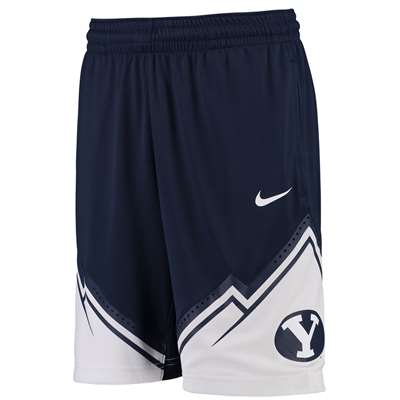

Satellite dishes atop the Clyde Engineering Building will scan the sky for the CubeSat and download its images and data when in range. Those images and video will be transmitted back to Earth, where engineers, including those at BYU, will be listening. Later, antennas will be triggered, the radio will start up, and the nano satellites will begin sending data.ĭownload this Gallery By clicking this link you agree to our Terms & Conditions The moment BYU’s CubeSats are deployed, they will boot up in less than a second and start recording video. The 10 nanosatellites will be loaded into a variety of tubular dispensers and deployed by a pressurized spring once in space. ELaNa, which stands for Educational Launch of NanoSatellites, are mission complements selected by NASA’s CubeSat Launch Initiative (CSLI) at Kennedy Space Center that support education, scientific exploration, and technical testing which can be used for future missions. Two versions of the BYU CubeSat will join satellites from eight other universities as part of NASA’s ELaNa 20 mission, scheduled to launch sometime this month from California on Virgin Galactic’s “Cosmic Girl” spacecraft. “In other words, it’s a spacecraft selfie cam.” “It’s a satellite that is designed to take pictures of another satellite,” said BYU engineering professor David Long. The 10-centimeter CubeSat, which includes contributions from more than 60 students over a five-year period, is outfitted with cameras on all six sides and will make it possible to inexpensively detect damage on the exterior of a spacecraft that cannot be seen in other ways. Video produced by Julie Walker filmed by Brian Wilcox.Īfter years of engineering, testing and coordinating with engineers from NASA’s Launch Services Program, Brigham Young University students have created a cube satellite that will launch into space on an official NASA mission later this year.

Make sure you subscribe to BYU and BYU News on YouTube to view more videos like these in 2014.BYU "spacecraft selfie cam" is ready to launch. The video was viewed by thousands online, but also served as BYU’s spot on all of the university’s nationally-televised football games on ESPN, reaching possibly millions more. Many responded positively about how the piece captured the distinct feel of being on BYU’s campus. Mini campus gets major love | 21,000+ viewsįor BYU’s latest institutional spot, our video team used tilt shift miniature effect photography to give viewers a unique aerial view of campus. Unfortunately for eager consumers, the car only travels 15 miles per hour. From Slovenia to Japan, car lovers around the globe were curious to see the story behind how a vehicle could possibly get 1,300 MPG. The BYU community wasn’t the only place impressed with the latest supermileage vehicle built by BYU engineering students. BYU’s slowest race car ever | 76,000+ views Ziggy was selected 5thoverall, by the Detroit Lions, making him the highest-drafted defensive player to ever come out of BYU.ġ. It didn’t take much for the video to make its way around the internet, especially right around draft time. But we did our best in four minutes to tell of Ziggy Ansah’s meteoric rise from Ghana to the LDS Church, to BYU, to the game of football and finally to the NFL Draft. It was a story that probably merited its own feature-length film. Ziggy Ansah’s incredible story | 61,000+ views Like we’ve seen with all of the other products of the animation program that we feature, this video left viewers begging for more.Ģ.
Byu video shorts selmie full#
With the full animated short unable to be published online until after its full run of contest submissions, our video was the only place to find snippets of the piece, intertwined with commentary from the creators. The BYU Center for Animation racked up its 12th“student Emmy” in 10 years at the College Television Awards for Estefan. BYU’s newest animated short: Estefan | 36,000+ views Wired and Gizmag showcased the video in their coverage of this unique story from our College of Engineering, drawing thousands of viewers to the piece.ģ. Our video team interviewed those involved and used an animation to show how the solar array would possibly be used. Additionally, many people contacted us to let us know where they’ve seen these rare species in the Beehive state.īYU mechanical engineers are turning to the art of origami to design solar arrays for NASA.

Since fireflies are traditionally found in the eastern U.S., a lot of people were interested to know they could be found here in Utah. The video became almost instantly popular. BYU biology professor Seth Bybee allowed our video team to tag along with him to Goshen Ponds as he did some field research on fireflies.


 0 kommentar(er)
0 kommentar(er)
